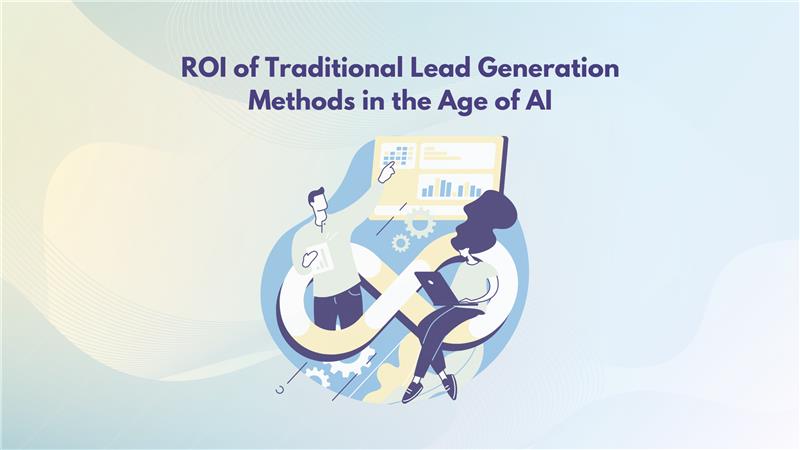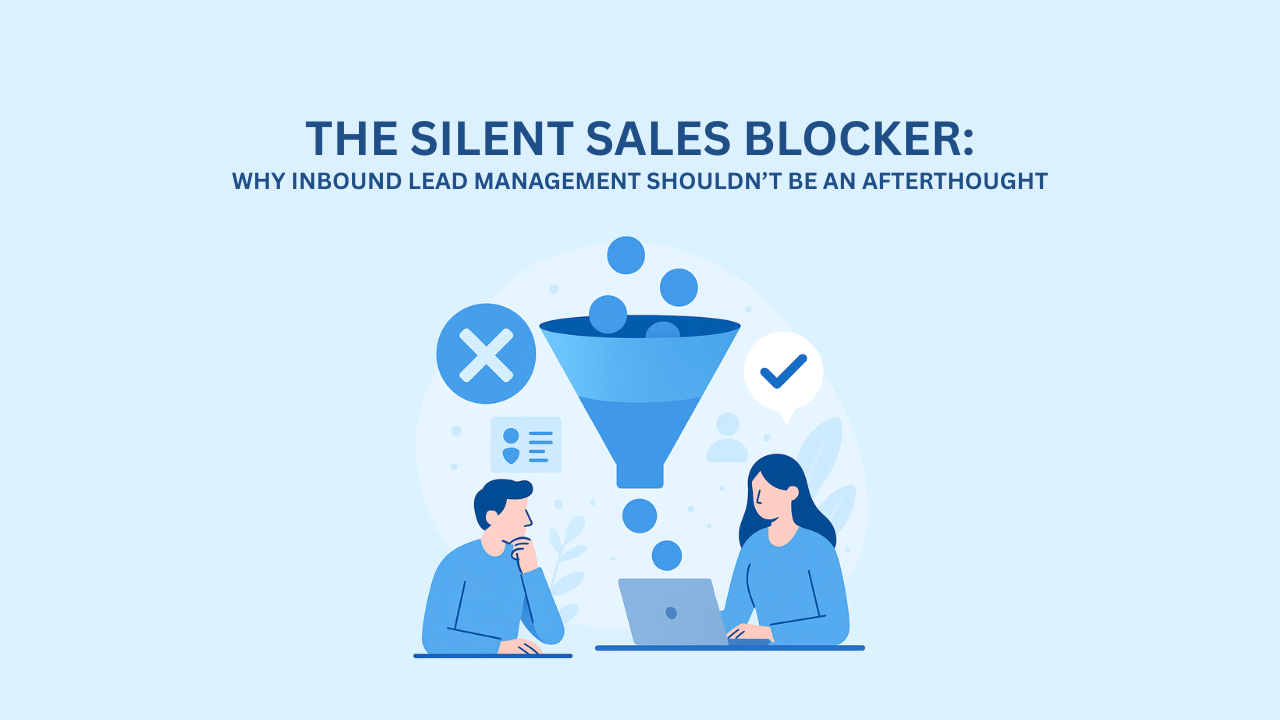
5 Essential Steps to Build a Demand Generation Strategy for B2B Sales
A strong B2B Demand Generation approach should be data-driven. At infoAnalytica, we utilize a powerful data preparation engine that leverages proprietary technology and human intelligence to provide impactful insights to help increase conversions and close deals faster.
- Establish a strong foundation of your B2B Demand Generation program
The foundation of your B2B demand generation program becomes weak if your underlying data is inaccurate and not up to date. For net-new customer acquisitions, it is important to have a robust data preparation platform – like iA’s data preparation engine that is based on AI and ML algorithms.
The program must process raw data like B2B Contacts, Firmographics, etc. acquired from first party data sources. Furthermore, this raw data should be processed and converted into high-quality, normalised and enriched data that is regularly updated.
Building this solid foundation will help you drive net-new B2B leads and effective marketing campaigns.
- Incorporate Account Based Marketing
Accounts with no real intent in your company’s content syndication program and limited marketing intelligence results in low ROI.
Account-based marketing (ABM) diverges from the path of traditional marketing goal to fill the top of the marketing funnel by focusing on the key accounts with high chance of conversion. This is the reason why ABM is also called ‘key’ account marketing.
Learn the 5 metrics to track for Account Based Marketing (ABM)
The demand generation team at iA works with on-demand data research requirements to build an ideal customer profile and add relevant intelligence to help clients run targeted and highly personalized marketing campaigns; further ensuring an increase in ROI.
- Enrich B2B (leads) Data
Incomplete and unstructured data ruins the marketing database and results in underperforming outreach campaigns.
Not many B2B Data providers rely on verifying the leads in the database being shared. As per a poll conducted by us, we gathered that 64% B2B Marketers get poor quality leads from their shiny marketing forms.
At iA, to further enrich your leads, contact information like email address, phone number, etc. are appended and human-verified to keep your CRM and marketing automation platforms free from dirty data. This data is regularly updated and cleansed to offer 99% accuracy.
- Setup a reliable lead scoring model and content syndication program
Marketing and sales qualified leads (MQLs and SQLs) are often identified through traditional survey methods. This gives you half-baked information, which leads to limited inputs for the sales team.
iA’s predictive lead scoring model involves collating internal information from your CRM and marketing automation solutions and adds digital footprints from third-party sources, to pool as much data as possible around leads. By crunching this pool of data, we identify unique patterns and relationships that form the basis of scoring leads and qualifying them as MQLs and SQLs. Our content syndication program involves disseminating content assets to in-market buyers (intent-based) through your domain and without clubbing it with your competitors’ assets. This process helps us to qualify leads and get relevant information that your sales teams need for outreach and follow-up campaigns.
- Manage real-time inbound leads
Validating high-volume of inbound leads and automating lead routing process gets you only around 80-85% accuracy.
Not everyone can work 24*7 to validate all inbound leads in your CRM platforms like SalesForce, Marketo, etc. in near real-time. But…we do!
We score, and segment leads based on additional data points and intelligence. Additionally, routing leads to the relevant SDR teams so that they can contact prospects and send them follow-up messages when their interest is at its peak while achieving 95% accuracy.
Get in touch with an iA expert to identify target accounts, engage with existing buyers, and predict customer churn.

ROI of Traditional Lead Generation Methods in the Age of AI

In today’s hyper-connected B2B environment, companies invest thousands, sometimes millions, into driving traffic, generating content, running campaigns, and getting potential buyers to raise their hands.
But what happens when those inbound leads actually do show up?

AI is rapidly changing the sales landscape, automating outreach, personalizing engagement, and handling routine tasks at scale. But does this mean the traditional Sales Development Representative (SDR) role is becoming obsolete?